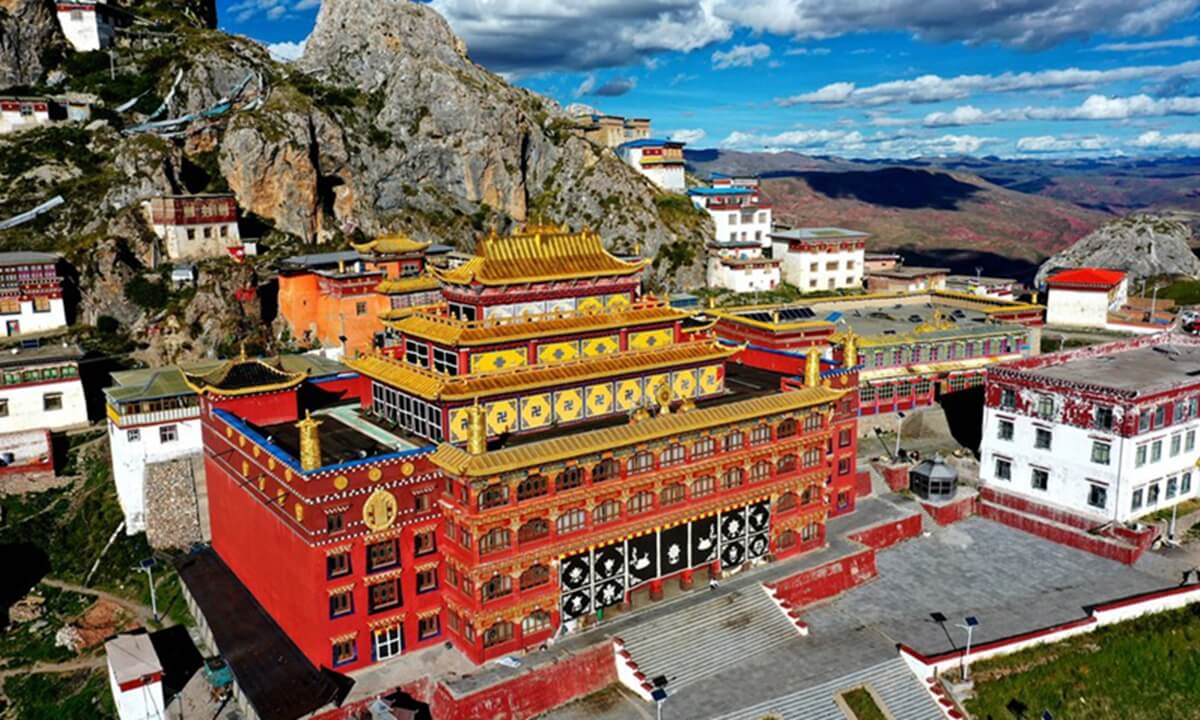China carried out an aerial drill over the Tibetan capital of Lhasa. This was seen as a move by the Chinese military to project its might over the autonomous region, only days after the United States (US) passed the Tibetan Policy and Support Act of 2020 (TPSA) and to prevent any possible dissent.
Photographic evidence from the drill shows that at least a dozen military choppers were deployed in the drill that took place over the Potola Palace. Political analysts predict that the drill might be “only one part of the continuing effort by President Xi Jinping to Sinicise Tibet that would pick up pace in view of the new US law” and may further be “followed by other steps to stem any potential dissent”.
The TPSA, which was hailed as historic by the Tibetan government in exile in Dharamshala, India, was passed by Washington on December 21. The bill supports the Tibetan people’s rights to choose the successor of their spiritual leader the Dalai Lama. To further the blow, the bill also supports the strengthening of the US’ relations with Tibet and the opening of a US consulate in Lhasa before any new Chinese consulates can be opened in the US. Additionally, it also makes large scale financial donations towards the development of the region.
The passing of the TPSA had naturally upset Beijing. Chinese Foreign Ministry spokesperson Wang Wenbin said that China “strongly opposed” the bill. Wang claimed that issues involving Tibet, Taiwan, and Hong Kong “concern China’s sovereignty and territorial integrity,” and had urged the US to “stop meddling in Beijing’s internal affairs.”
Sinicisation has been President Xi Jinping’s effort to erase other major religions of China that include Catholicism, Protestantism, Islam, Buddhism and Daoism, and homogenize ethnic identity by propagating the culture of China’s majority Han community. It has followed a similar crackdown strategy of detainment and exertion of power over the Uighur Muslims in the Xinjiang autonomous region. Sinicisation of the Tibetan Buddhist people is part of a four-point programme also known as the “impregnable fortress’’, that Jinping introduced late last August. The aim was to protect national unity, strengthen stability in Tibet, which is important to Beijing’s interests given its long and contentious border with India, and educate the public in the struggle against “spiritism”.
Tibet, which has been forcefully occupied by China since 1951, has had its religious and cultural identity long suppressed by the government and military. The 14th Dalai Lama, who has since been exiled in India, is viewed by Beijing as a separatist who aims to undermine Beijing’s authority and influence over Tibet. Currently, the government in exile in Dharamshala is also undergoing the first phase of voting for a political leader as the current one’s five-year term comes to an end. This is a clear message to Beijing that although Tibet is forcefully occupied, those in exile are free and prefer democracy. Amidst these developments, the current drills are a message to both, Tibetans in exile and Washington, who has not shied away from amplifying its anti-Beijing rhetoric.
Chinese Military Carries Out Aerial Drill in Lhasa to Project Control Over Tibet
China’s military carried out an aerial drill over Lhasa as a preemptive move against a possible Tibetan uprising, days after the US passed the Tibetan Policy and Support Act.
January 6, 2021

SOURCE: XINHUA
